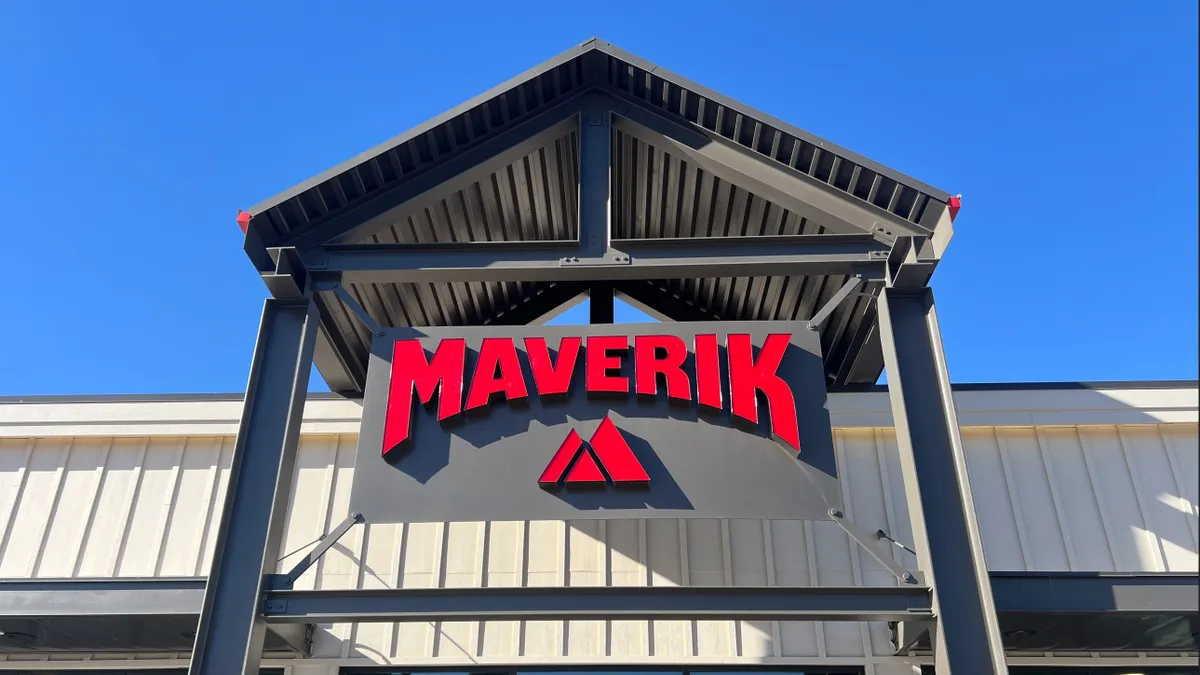Energy drinks are big business for c-stores, making up nearly a third of c-store packaged beverage sales in U.S. c-stores in 2022, according to Statista.
There are a number of reasons why c-store customers love these drinks, experts say. They’re an affordable luxury that offers a number of unique taste combinations for consumers. Pricing remains affordable, as well. The popularity of this category even extends beyond the packaged beverage space, with New Jersey-based QuickChek introducing a limited-time frozen drink made with Prime energy drink.
Category growth is mainly driven by the large players like Monster and Red Bull, but c-store retailers are also optimistic about the prospects of smaller energy drinks, including Prime, Ghost Energy and Alani Nu, according to the latest Beverage Bytes survey from Goldman Sachs.
Goldman Sachs surveyed retailers representing 40,000 stores, or about 27% of the convenience channel, for the report.
Below are expectations these retailers have for energy drinks heading into 2024.
Energy drinks keep growing their presence
Goldman Sachs noted that respondents saw 11% sales growth in the third quarter and expect that growth to rise to 13% in 2024, the survey said.
That performance has spurred many c-stores to expand their energy drink sets inside their stores. Energy drinks, along with beer brands Modelo and Corona, were among “the big winners of incremental shelf/cooler space this year,” the report noted.
2024 energy drink sales growth expectations by brand
Celsius continues to show strength
While Red Bull and Monster continue to dominate the energy drinks category, Celsius has surged into third place in the hot market. It saw 147% sales gains and made over $1.4 billion dollars in the 52 weeks ended Oct. 7, according to Nielsen data cited in a separate Goldman Sachs report.
The gains have not gone unnoticed. Around 85% of those surveyed said they planned to give more c-store shelf or cooler space to Celsius going forward. That’s fewer than in the second quarter, but still far more than any other energy drink brand. Next closest was C4, with 62% of retailers expecting to expand space for the brand.
Bang should stop its backslide
Bang has seen a precipitous decline in market share over the past three years — from nearly 10% of the energy drink market in early 2020 to less than 3% this summer. Amid the company’s bankruptcy, Monster bought the company for $362 million.
While retailers were mixed on what the acquisition might do for Monster’s bottom line, the outlook seems much more positive on what the tie-up means for Bang. While 23% of those surveyed said Bang’s sales were down in the third quarter and that they expect an overall 23% loss for the full year, they expect that to moderate to a sales decline of about 3% in 2024.
This reflects expectations for better marketing from the Monster team, along with optimism about the company trimming its product offering and better service, according to the report.

Mixed reports on if Monster Energy Zero Sugar brings growth
Health-conscious shoppers are looking for more low- and zero-sugar energy drink options, said Bourcard Nesin, beverage analyst at Rabobank, in an interview earlier this year.
While there are multiple options that fit those criteria, Monster Energy Zero Sugar has been in the spotlight lately as a main offering from the leading brand. However, only 45% of retailers said sales of the zero-sugar option were incremental for Monster. That means more than half of those surveyed were seeing sales shift from another Monster option to this one, instead of growing the brand’s overall sales.
Red Bull price boost should stick — will Monster follow?
Almost all retailers expect that a coming price increase from Red Bull “will ultimately be successful and stick,” according to the report.
While all of the respondents felt prices would increase on every item in Red Bull’s portfolio, they were split on how large the increase would be. About half of respondents expect a 5% increase, with 22% expecting it to be higher than that and the rest expecting it’ll be lower.
About two thirds of retailers also expect Monster to boost prices as well, with the bulk of those people expecting such an increase to show up in the first quarter of 2024













